
10 Tips for Growing Superb Spring Spinach
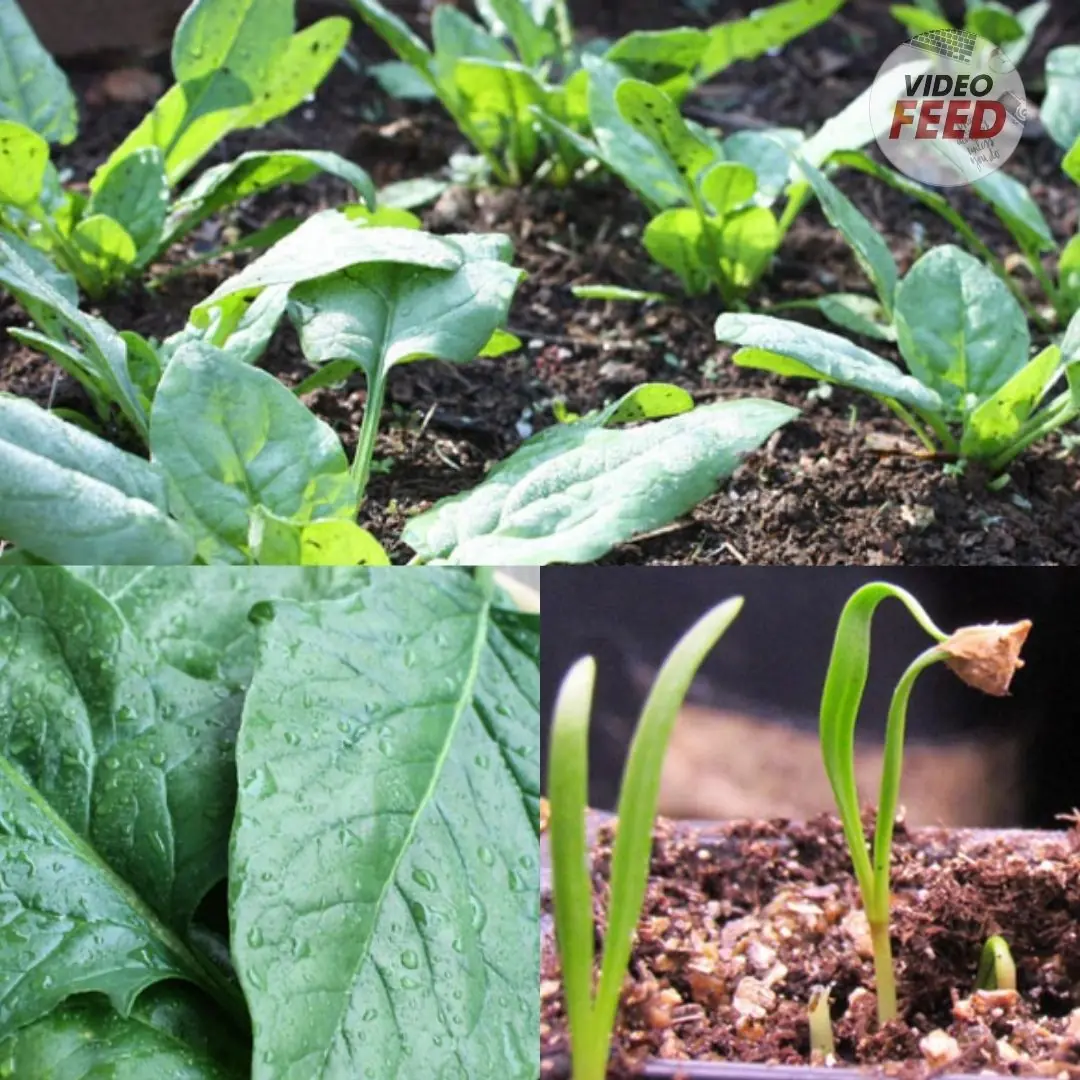
10 Tips for Growing Superb Spring Spinach
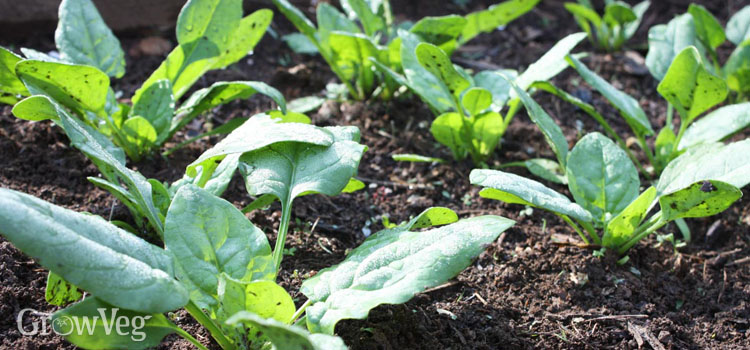
Delicious, cold hardy and fast to mature, spinach is the perfect crop for the spring garden. To keep things moving along the seeds and seedlings need special handling, but growing a spring crop of homegrown spinach is worth it! I make two sowings of spinach each spring, one indoors and a second one in the garden, from which I harvest fresh spinach from late March to early May.
There is reason to mobilise, because spinach is sensitive to lengthening days. When days last more than 14 hours the plants bolt and turn bitter. See the day length calculator from the University of Nebraska to find when your latitude hits the 14-hour day mark. Where I live this is mid-May, so I’ve learned to make the most of my short spring spinach season. Here are my top tips for growing a super crop of spring spinach in your garden.

1. Make Multiple Sowings
Start an early crop indoors to transplant outdoors to a cold frame or other sturdy cover that can hold up to snow, and direct-seed more spinach under a low tunnel a month later. (In the Garden Planner, click on Garden Objects then select Season Extenders in the Type drop-down menu to add these to your plan. From cloches to tunnels, using any of the season extenders will automatically adjust your suggested planting dates.)
2. Prime Spinach Seeds to Germinate
Before sowing indoors or out, it’s wise to prime spinach seeds to speed germination. First, soak seeds in room temperature water for 24 hours. Then let them dry on a paper towel for a day or two. Plant primed spinach seeds within a few days, because cells inside primed seeds have been gently brought to life and are beginning to grow.
3. Use Grow Lights
Use supplemental lights when starting spinach indoors. Spinach seedlings will grow under either fluorescent or LED lights, which should be left on for 12 to 13 hours each day. For spinach, research has shown that light duration is more important than light intensity.
4. Keep Seedlings Consistently Moist
Maintain steady moisture to keep seedlings growing fast. If you see strange curling of the long seedling leaves, there may be dry spots in the growing medium that can be corrected by watering from the bottom. Don’t worry as long as the tiny new leaves, called heart leaves, look green and healthy.

5. Feed Young Plants
Use a liquid fertiliser after transplanting. Cool soil temperatures in spring can limit the availability of nutrients held in the soil, and spinach is a fast-growing, nitrogen-hungry crop. Mix-with-water organic fertilisers provide nutrients in ready-to-use form that can be dribbled into the root zones of the plants. As the soil warms, the plants become much better at foraging nutrients for themselves provided they have constant light moisture.
6. Protect Seedlings From Cold and Pests
Provide secure but well-ventilated covers to raise soil temperatures and protect plants from wind, cold, and predators. Hardened-off spinach seedlings can survive freezing temperatures to about 15°F (-9°C), but any season extending device will give you a few degrees of nighttime cold protection while warming the soil during the day and excluding rabbits, deer and other animals.
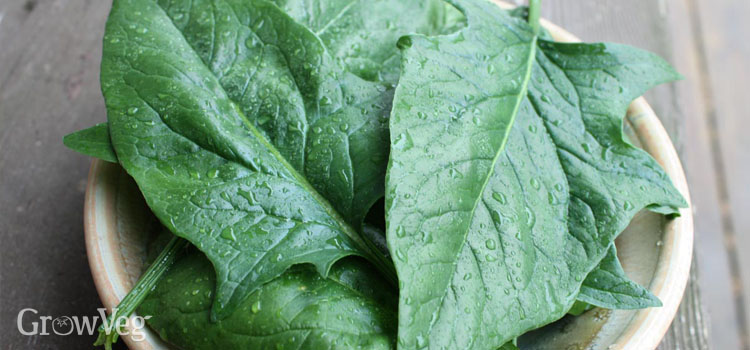
7. Pick Regularly
Harvest leaves twice a week, preferably in the morning when the plants are pumped with moisture. My preference is to gather only the large intermediate leaves from each plant, leaving the growing crown and several older basal leaves untouched. The older leaves continue to work as energy factories to support the formation of new leaves.
8. Eat Spinach Promptly After Harvesting
Refrigerate harvested spinach immediately, and make plans to eat it right away. No matter how well it is stored, there is a decline in the nutritional value of stored spinach. Rather than let this happen, blanch extra spinach leaves and freeze them in cubes to add to soups and smoothies.

9. Compost Spinach When It (Inevitably) Bolts
Take down your spinach when the plants elongate in preparation to bloom. Bolting causes spinach leaves to become bitter, perhaps to deter feeding by animals, so it’s best to pull the plants, pick off the best leaves and compost the rest.
10. Try Different Spinach Varieties
Large-leaved varieties like Giant Winter or Giant Noble are great fun to grow, or you can try compact varieties in small beds or containers. Matador grows well in both spring and autumn, so you can splurge on spinach seeds. There is always another spinach season rolling around.
News in the same category


The husband slapped his wife in front of his friends to show off — but her act of revenge left everyone shocked and speechless
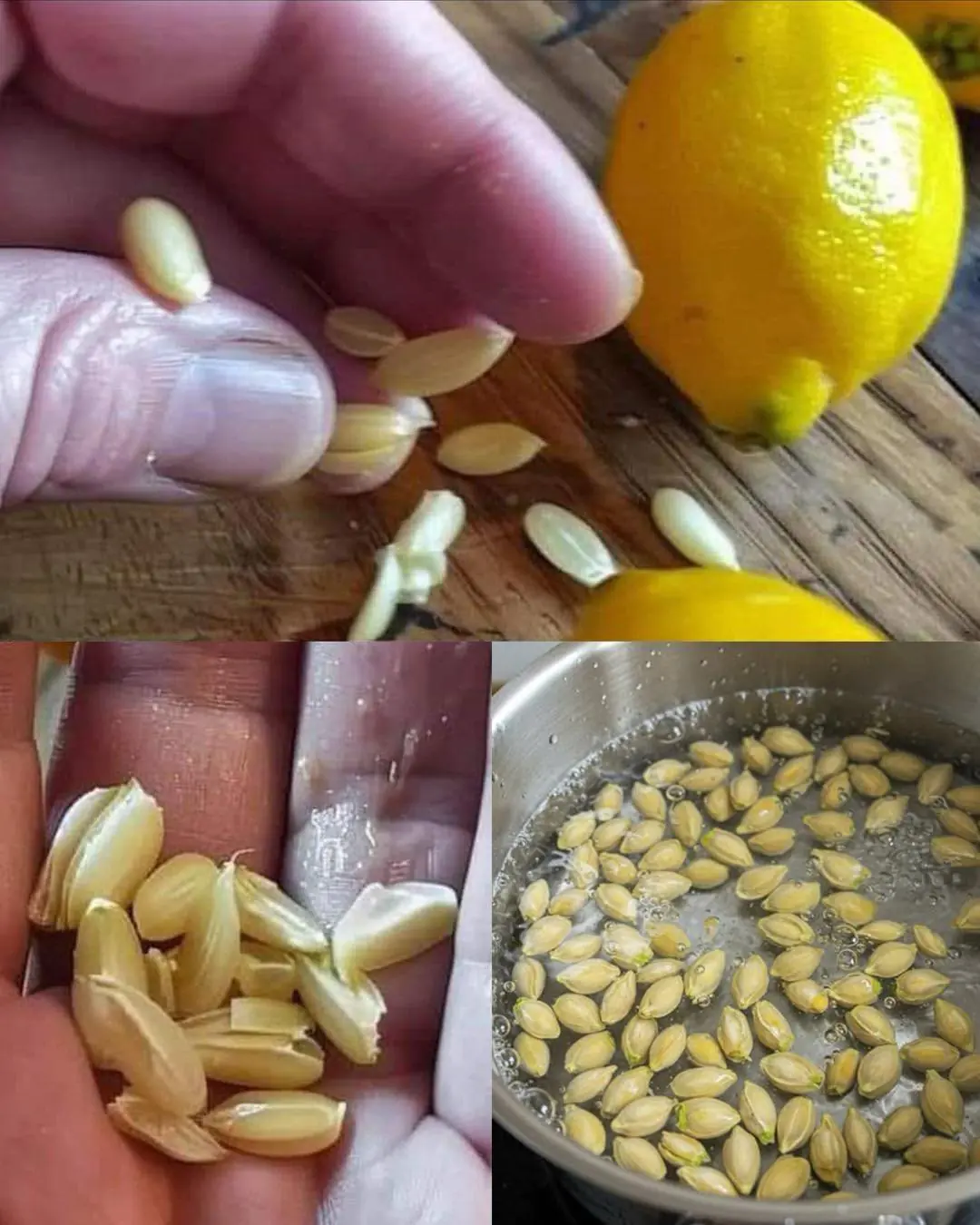
10 Clever Ways to Reuse Lemon Seeds at Home

Unlocking the Secret Health Benefits of Common Mallow: Nature’s Wonder Herb for Wellness
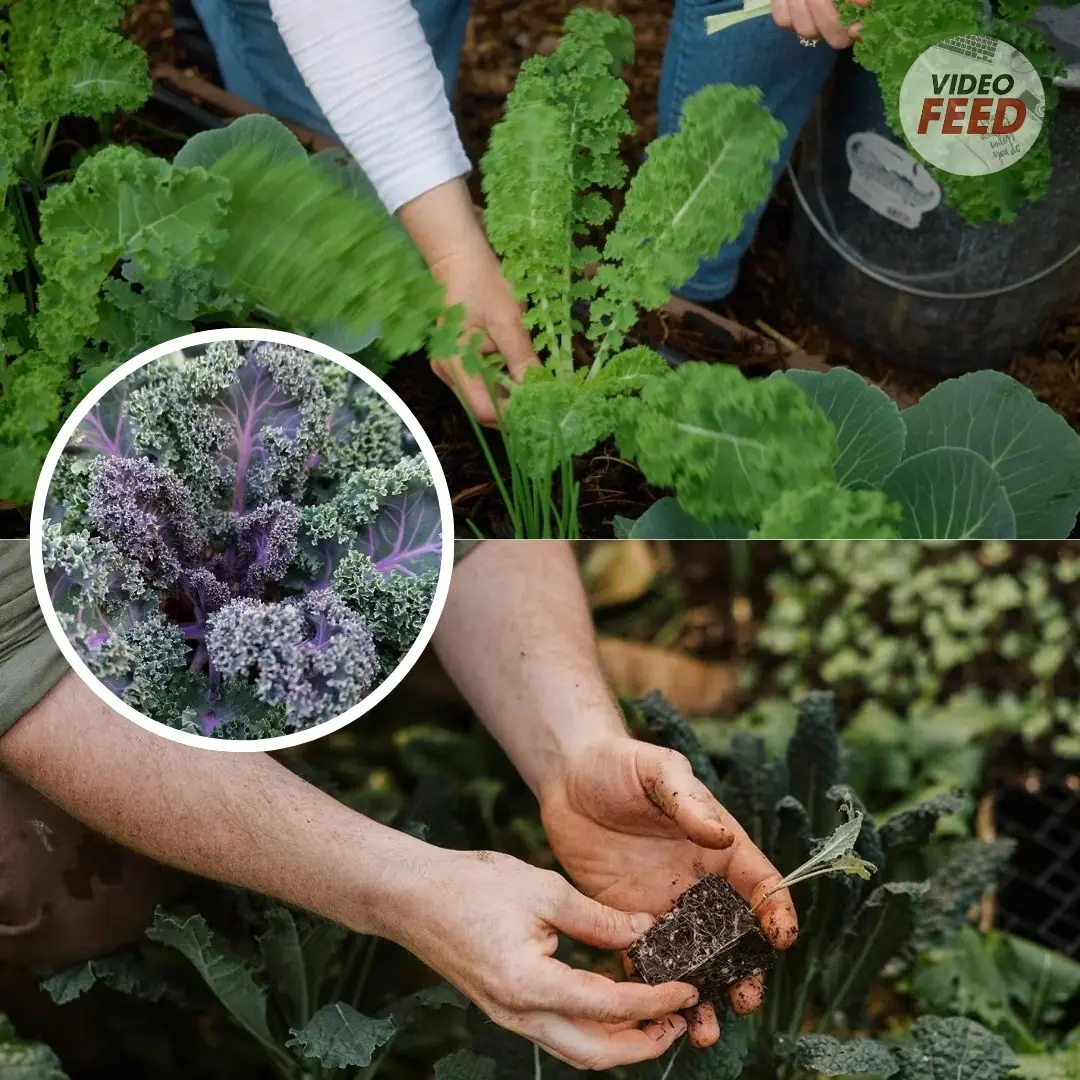
Growing Kale: Planting, Care, and Harvesting Tips

Just 1 Cup Makes Peace Lilies Bloom with So Many Flowers

How to Grow Watermelons at Home: A Guide for Small Spaces & Balconies

How to Grow a Banana Tree at Home and Never Buy Bananas Again
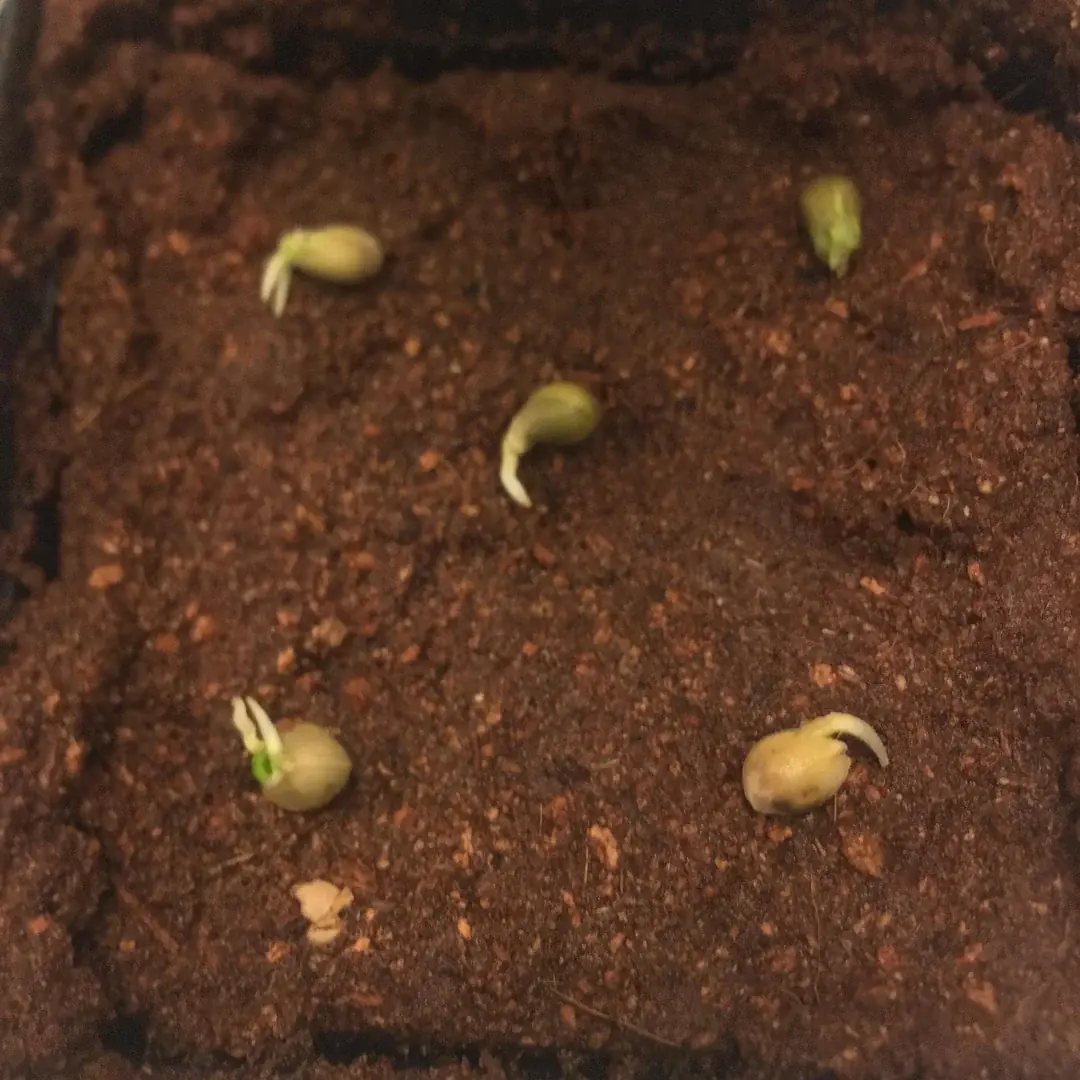
Here’s How to Grow Calamansi at Home — No Farm Needed

How to grow tulips indoors – a step-by-step guide to forcing these beautiful bulbs

How to Grow Habanero Peppers in Pots
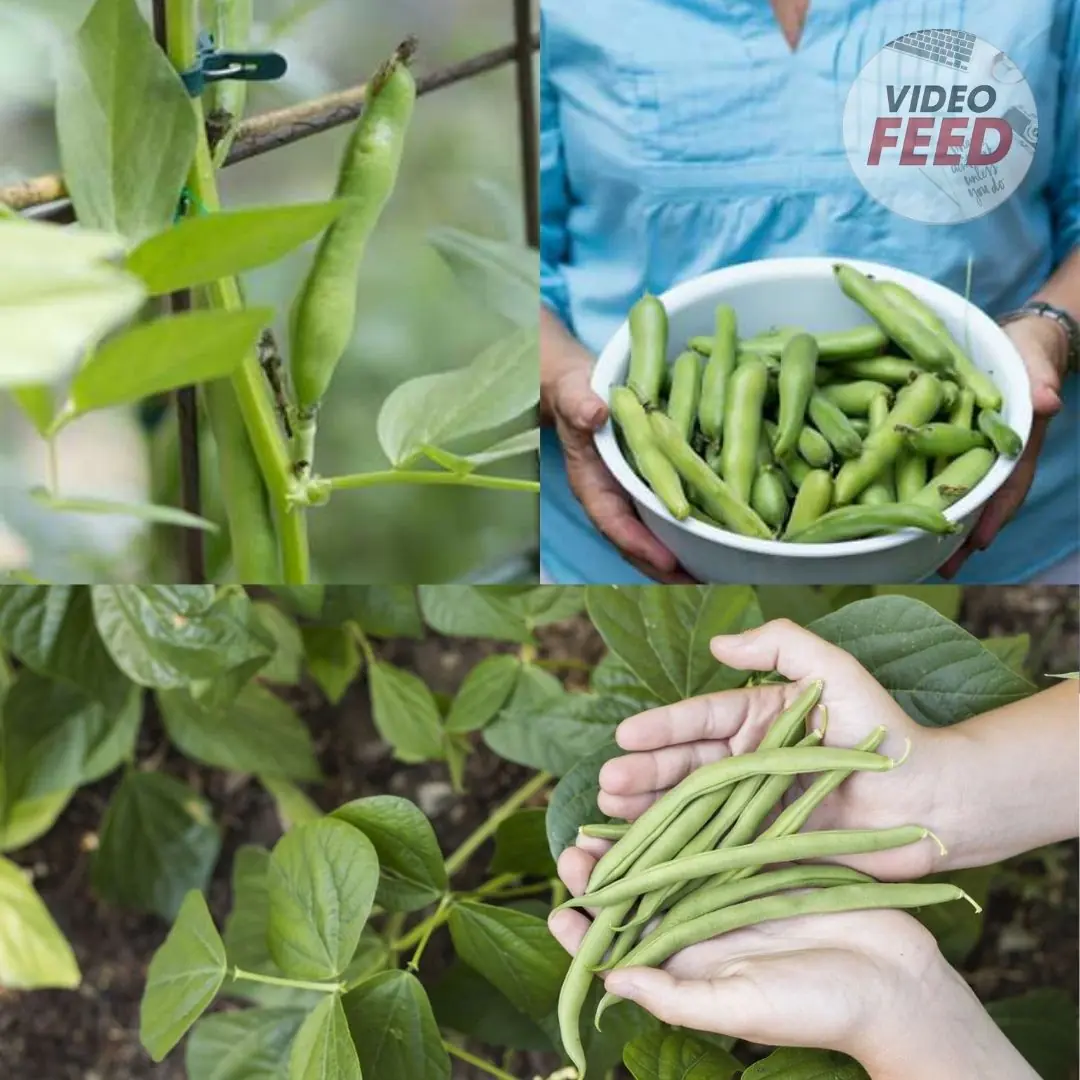
Grow These 5 Garden Beans This Summer

Why Asians Are Rushing to Grow This “Miracle Tree”: Heals Like Medicine, Sells Like Gold

How to Grow and Care for Dieffenbachia

How to Grow and Care for Phalaenopsis Orchids Indoors

Portulaca in Pots: The Complete Guide to Growing Colorful & Drought-Tolerant Flowers Outdoors
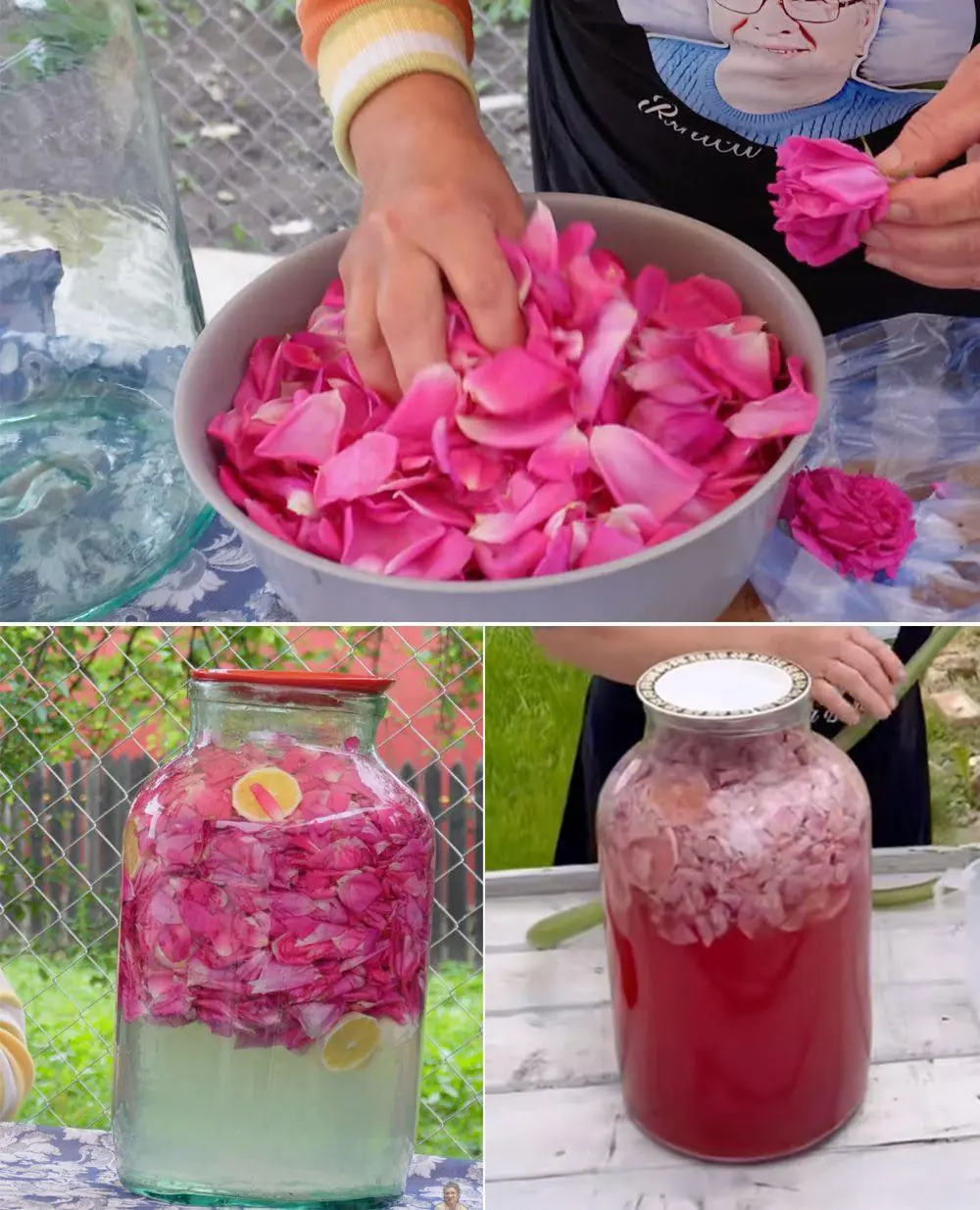
How to Make Rose Petal Lemonade – A Refreshing Homemade Drink
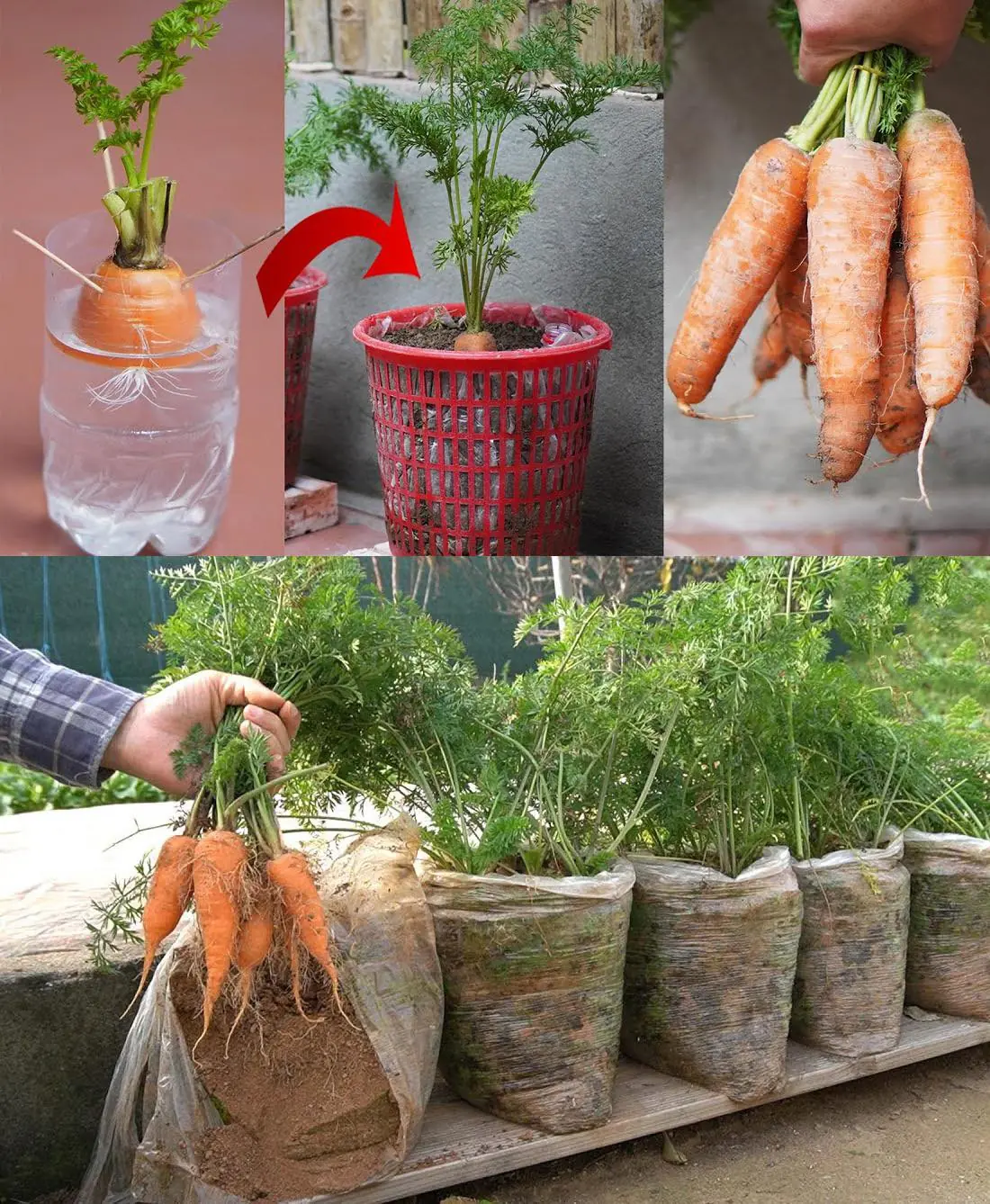
How to Grow Carrots at Home in Containers Starting with a Single Carrot
News Post

Always Throw a Water Bottle Under the Hotel Bed: A Flight Attendant Reveals Why

Drinking These 4 Common Beverages Could Be Harming Your Kid.neys

What a Daily Banana Could Mean for Your Blo.od Pressure?

When a Family Member Passes Away, Don’t Throw Away These 4 Important Things

Waking Up at Night to Urinate? Read This

A 14-Year-Old Girl Diagnosed with Colorectal Can.cer: Doctors Warn—It’s Better for Children to Skip Breakfast Than Eat These 4 Types

Every woman likes to be touched in these "3 places" on her body, especially the first place
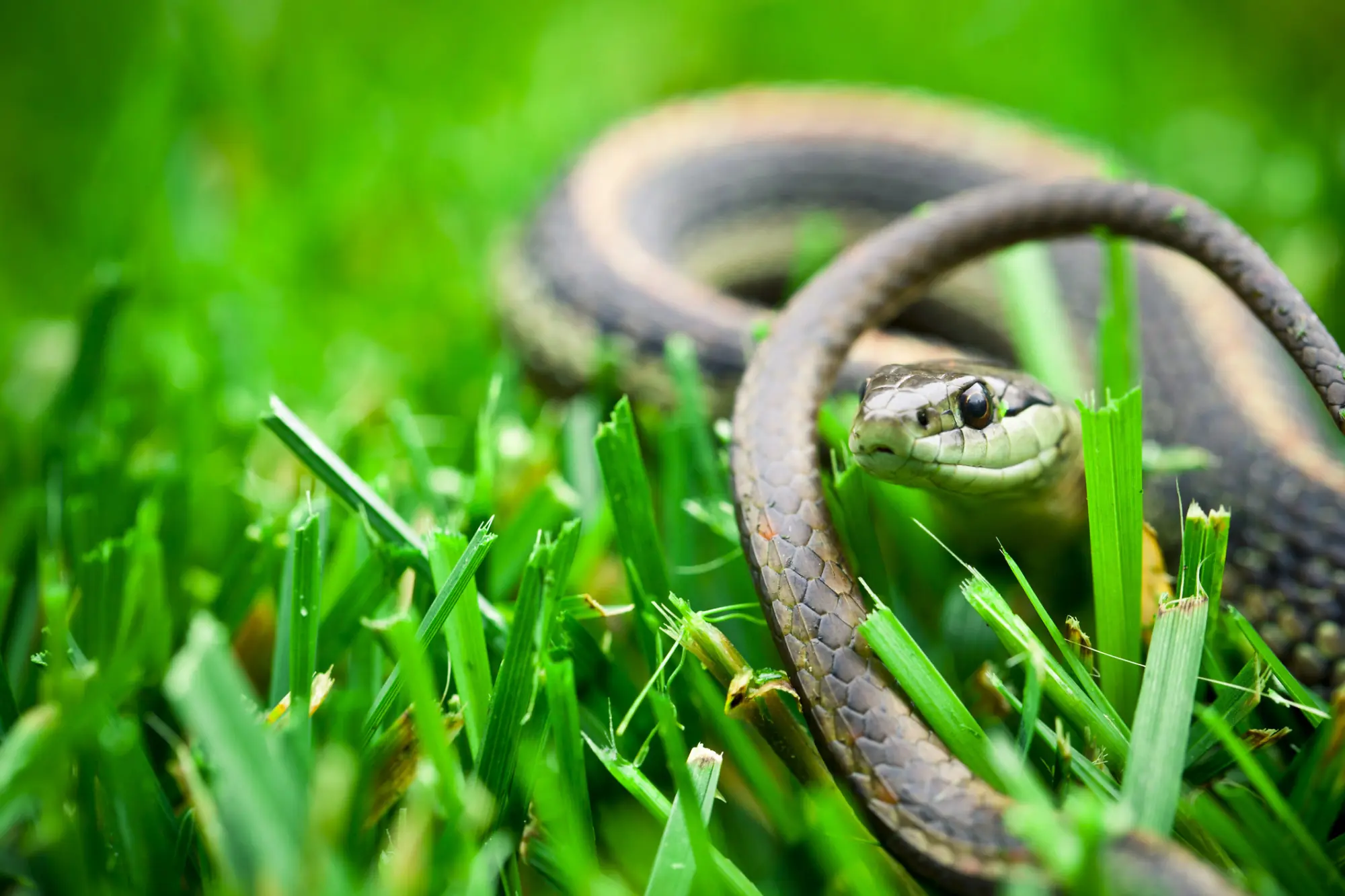
Plants That May Attract Snakes to Your Home: What You Should Know
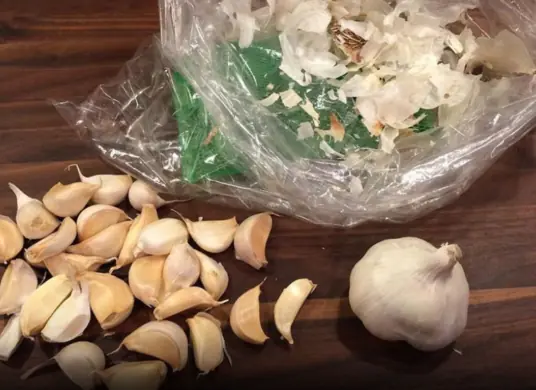
Garlic peels are not trash, don't rush to throw them away

Say Goodbye to Joint and Foot Pain with a Relaxing Rosemary Bath

If You See A Man With One Painted Fingernail, Here’s What It Means

Dog ticks bit 3 people in a family, 2 died: If you can't keep them clean, don't keep them, they're full of diseases

Don’t Ignore These 7 Early Heart Attack Warning Signs

Drink coconut water on an empty stomach for 7 days, kill 10 birds with one stone: it's a waste not to try it

8 Natural Remedies for Sinus Infections That Work Without Antibiotics
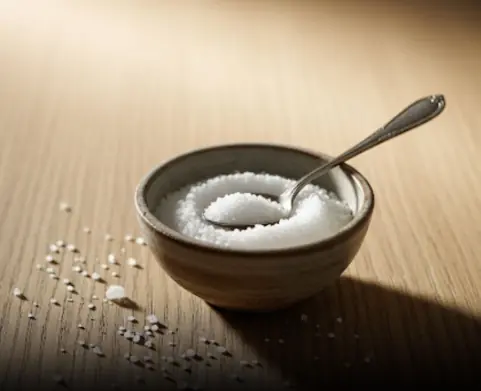
This One Superfood Could Tackle Major Health Issues—Here’s What You Need To Know

If You’re Farting More Than 25 Times a Day—It Might Be a Sign Your Body is Trying to Warn You

Preventing Stroke At Any Age: 3 “Don’ts” After Meals—And 4 “Don’ts” Before Bed

Why You Might See Unusual White Bumps On Your Lips Or Genitals
